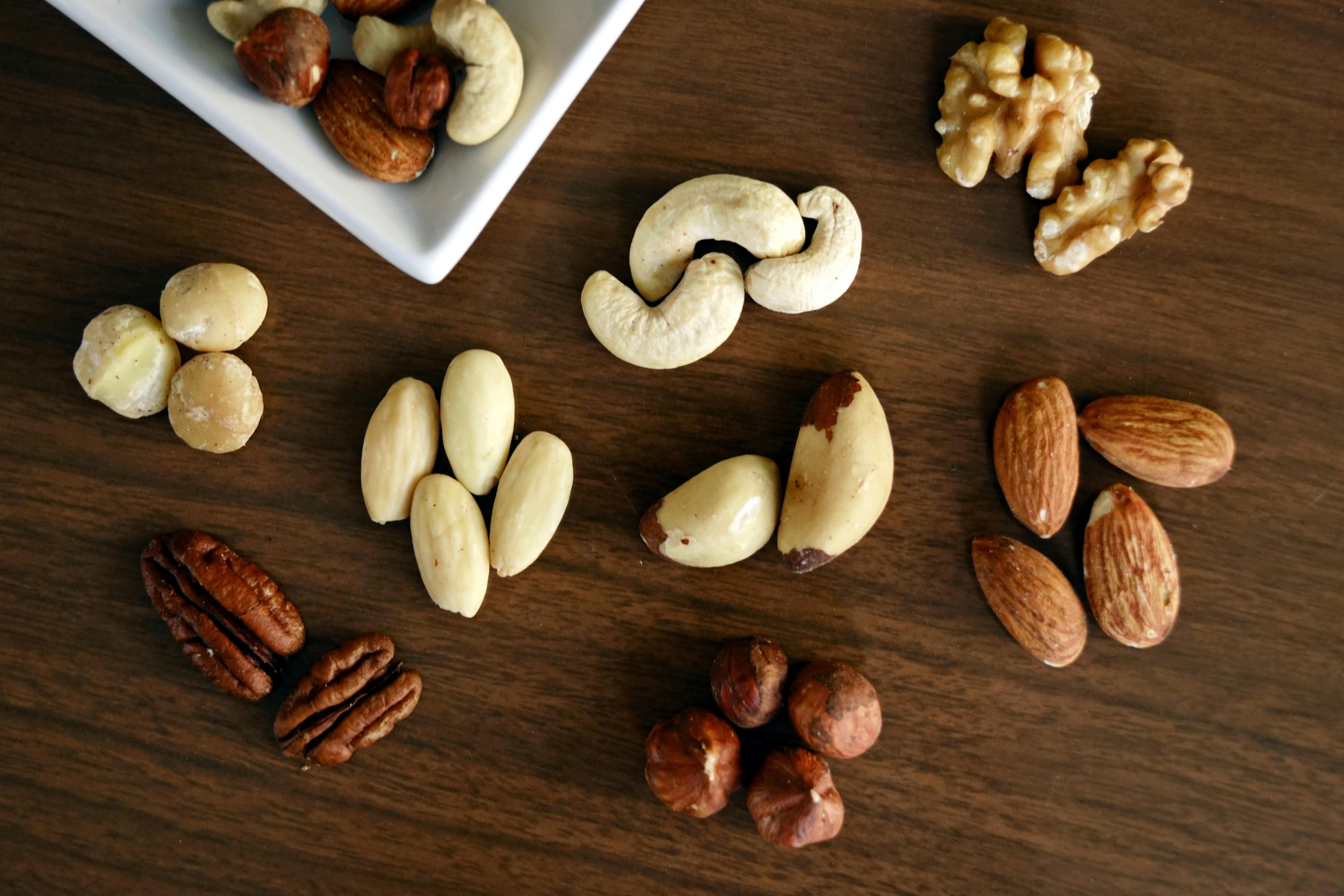A varied diet is an advantageous adaptation for animals dwelling in the chaparral biome due to several key reasons: 1. **Nutritional Flexibility**: The chaparral biome, characterized by its dry summers and wet winters, offers a variety of food sources throughout the year. Animals that can consume a wide range of plants and animals can take advantage of seasonal food availability, ensuring they meet their nutritional needs despite fluctuations. 2. **Resource Availability**: The rugged terrain and diverse plant life can be sparse at times. A varied diet allows animals the ability to switch between food sources, such as shrubs, seeds, fruits, and small mammals, depending on what is accessible, helping them survive during periods of food scarcity. 3. **Predator Avoidance**: By consuming a diverse diet, animals may also reduce their encounters with predators. Certain food sources may require specific foraging behaviors that keep them less exposed to predation, contributing to higher survival rates. 4. **Competition Reduction**: Animals that are not narrowly specialized in one food source can reduce competition with others for scarce resources. For instance, if food becomes limited, those with the ability to consume a broader diet can access alternative food sources that other species may not utilize. 5. **Adaptation to Ecosystem Changes**: Different seasons in the chaparral can affect the availability of certain food types. A varied diet equips animals to adapt to these changes more effectively, providing resilience against sudden ecosystem changes such as drought, fires, or bursts of growth following rain. 6. **Health and Reproductive Success**: A well-rounded diet supports better health, leading to increased reproductive success, which is vital for the survival of species in the competitive chaparral environment. Healthy animals are more capable of raising offspring and passing on their adaptive traits. In summary, a varied diet enhances survival, reproduction, and resilience in the dynamic conditions of the chaparral biome, allowing animals to thrive amid fluctuating food availability and environmental challenges.

Key Advantages of Varied Diets for Animals in the Chaparral Biome
The chaparral biome is a unique ecosystem characterized by hot, dry summers and mild, wet winters. This environment presents both challenges and opportunities for the animals that inhabit it. One of the most significant adaptations that enable survival in this biome is a varied diet. Understanding the advantages of dietary flexibility allows us to appreciate the intricacies of animal life in the chaparral.
A varied diet is crucial for fulfilling the nutritional needs of different species, from herbivores to omnivores and carnivores. In this article, we will explore six key reasons why a diverse diet benefits animals living in the chaparral, enhancing their survival and reproductive success. Additionally, we will discuss how these dietary adaptations contribute to community interactions and ecosystem dynamics within this vibrant habitat.
As you read through, consider how these adaptations not only support individual species but also play a vital role in maintaining ecological balance and resilience within the chaparral environment.
Nutritional Flexibility in the Chaparral
Animals that inhabit the chaparral biome exhibit incredible nutritional flexibility, enabling them to thrive in a landscape where food availability fluctuates seasonally. The diverse array of plants and animals within this biome ensures a variety of food sources are accessible throughout the year. For instance, as wet seasons bring a bounty of shrubs, seeds, and fruits, animals that can adjust their diets accordingly are more likely to meet their nutritional needs.
This adaptability is particularly important during dry summers when food becomes scarce. Omnivores, such as raccoons or certain birds, benefit significantly as they can switch from a plant-based diet to include insects or small mammals when vegetation is less abundant. In turn, this flexibility influences their metabolic efficiency and energy flow within the ecosystem.
Ultimately, animals capable of tapping into multiple food sources not only ensure their survival but contribute to the stability of food webs, enhancing community interactions among various species.
Resource Availability and Adaptation
The chaparral's rugged terrain can present challenges related to resource availability. During periods of scarcity, animals with varied diets can switch between different food sources, adapting their foraging behavior to what is accessible. For example, a deer may alternate between grazing on herbs and stripping bark from shrubs, depending on the season and availability of each resource.
Additionally, predator-prey dynamics can be influenced by the dietary flexibility of various species. Animals that can forage effectively on a range of resources may evade predation by altering their routines and habits, thereby enhancing their chances of survival in environments with numerous threats.
By having the ability to leverage different food sources, animals also reduce competition among themselves, as not all species target the same resources at once. This resource partitioning allows coexistence, ensuring that diverse animal populations thrive in the chaparral.
Predator Avoidance through Dietary Diversity
A varied diet not only affects an animal's survival through nutritional benefits but also plays a critical role in predator avoidance. By diversifying their food sources, animals decrease their vulnerability to predation because the behaviors associated with accessing certain foods often require varying levels of exposure to predators.
For example, small mammals like rabbits and rodents may forage in different habitats based on the food type they seek. This constant movement between food sources allows them to minimize time spent in exposed areas, reducing the likelihood of encountering predators. As a result, their survival rates improve and populations remain stable.
Moreover, certain food choices may provide inherent defense mechanisms. For instance, consuming plants rich in toxins can deter predators, adding another layer of protection afforded by dietary diversity.
Reducing Competition through Dietary Range
In a competitive environment like the chaparral, animals that rely on narrow dietary sources risk encountering significant competition when those resources become limited. Conversely, those with a broader dietary range can alleviate competition by accessing alternative food sources, thus enhancing their chances of survival.
Furthermore, species such as coyotes, which are opportunistic feeders, benefit greatly during times of food scarcity by consuming various fruits, small mammals, and even carrion. By being adaptable in their dietary choices, they are less likely to deplete any single food source and can maintain a stable population.
This adaptability also promotes biodiversity maintenance, as varied feeding strategies can support multiple species within the same ecosystem. By reducing direct competition, animals can exploit different ecological niches, thereby fostering a richer and more stable community.
Health and Reproductive Success in Diverse Diets
A varied diet supports not only individual animal health but also contributes to overall reproductive success. Quality nutrition is essential for the physiological health of animals; it supports metabolic demands and encourages the development of offspring.
Healthy animals exhibiting good condition are more likely to reproduce successfully, as they have the resources needed to raise their young effectively. For example, species such as quail thrive on a varied diet that includes various seeds and insects, ensuring they have the energy required for reproduction and nurturing their chicks.
Additionally, a balanced diet helps mitigate the impacts of stressors such as droughts or wildfires, enhancing the resilience of species. This resiliency plays a key role in their long-term survival and adaptation to changing environmental conditions, confirming that dietary flexibility is more than a survival mechanism; it is also linked to evolutionary advantages.
Conclusion: The Ecological Impact of Dietary Flexibility
In summary, having a varied diet is a critical adaptation for animals in the chaparral biome, providing significant advantages that enhance their survival, health, and reproductive success. The ability to efficiently utilize diverse food sources allows these animals to thrive amidst environmental challenges, contributing to ecosystem balance and resilience.
This adaptability not only supports individual species but also fosters community interactions and biodiversity, ensuring the stability and sustainability of the chaparral biome. Understanding these dynamics further highlights the importance of conservation efforts aimed at protecting these unique habitats and the rich tapestry of life they support.
 example.com/image2.png
example.com/image2.png
 example.com/image3.png
example.com/image3.png